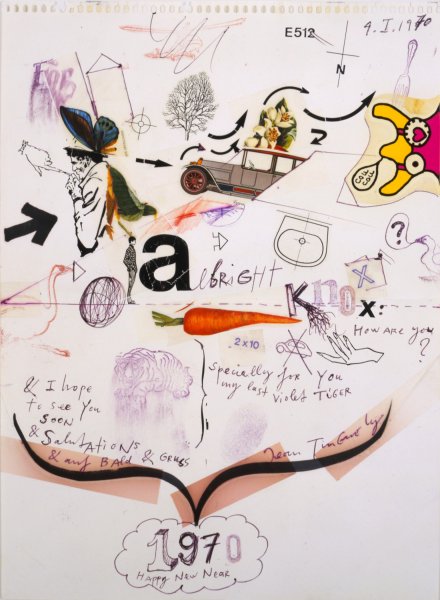Carved, Modeled, Welded, Assembled, Drawn: Sculptors' Works in the Collection of the Albright-Knox Art Gallery
Saturday, February 27, 1999–Sunday, April 11, 1999
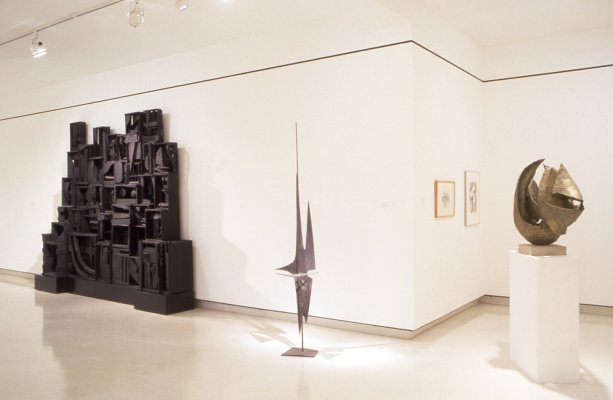
Installation view of Carved, Modeled, Welded, Assembled, Drawn: Sculptor's Works in the Collection of the Albright-Knox Art Gallery. Photograph by Tom Loonan.
University at Buffalo Anderson Gallery
What one sees on view at the Albright-Knox Art Gallery at any given time is only a fraction of its actual collection—a vast resource with untold surprises. Carved, Modeled, Assembled, Welded, Drawn provided an opportunity to revisit the museum’s sculpture collection through selected works produced between 1944 and 1999.
Sculptures and sculptors' drawings make up an impressive part of the Albright-Knox’s collection. While certain works, consistently on view, are like old friends to frequent visitors, others, tucked away in storage, remain obscure. Monumental pieces by Reuben Nakian, Isamu Noguchi, George Rickey, and David Smith installed in the Sculpture Garden, stand out as gems in a sculpture collection whose postwar holdings exceed 300 objects. Seymour Knox's vision for the Albright-Knox Art Gallery included 20th century sculpture, and in the years following World War II, his donations to the museum traversed a broad spectrum of nationalities, materials, and styles. Today, some of the sculptors he collected are less known. Considered from this perspective, the present project tells us as much about the unpredictable nature of the art world as it does about postwar sculptural developments in the international arena.
During the 1940s and 1950s sculptors had their own agenda, even if some of their central themes corresponded with those of painters. Most refused to see abstraction and representation as diametrically opposed, even when such a stance, particularly when it involved figuration, was dismissed as academic and retrograde. History had a profound resonance for sculptors working after the war. Many saw their work within a grand continuum that extended backward and forward-- a tradition enriched by figurative and mythical associations, atavistic themes of death and destruction. Space became the metaphorical matrix for the projection of ideas, and its permutations, often investigated through drawing, set the tenor for new sculptural possibilities. By the early 1960s transition was imminent, as a younger generation of sculptors, questioning the existential mindset of their predecessors, began to experiment with nontraditional materials and a new approach to object making.
Works on paper by Barbara Hepworth, Henry Moore, Claes Oldenburg, David Smith, and Jean Tinguely, were installed in the exhibition to complement 3-dimensional objects, to suggest some of the many ways in which sculptors use drawing to initiate, refine, and, ultimately, extend their repertoire of ideas.
The exhibition was presented at the Anderson Gallery, Martha Jackson Place, University at Buffalo, as some sections of the Albright-Knox Art Gallery was closed for renovation.
This exhibition was organized by Curator Douglas Dreishpoon.
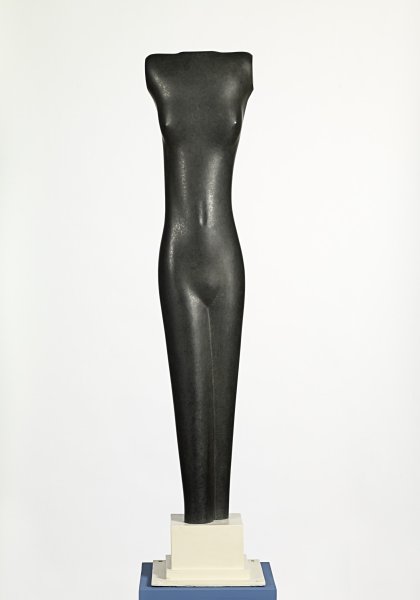
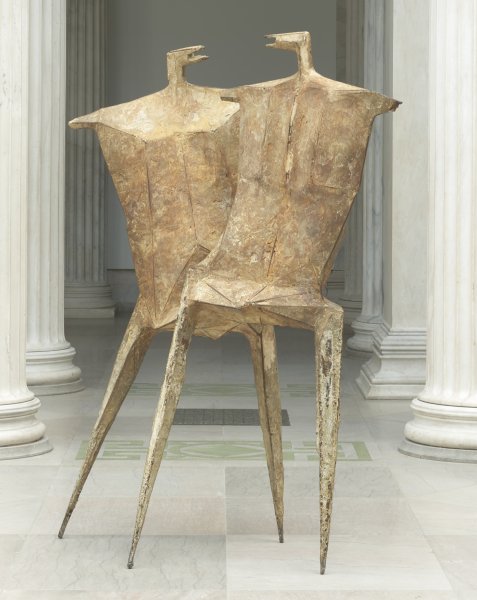
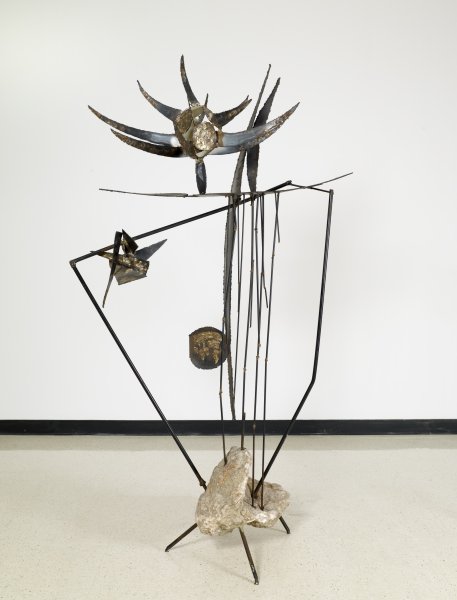
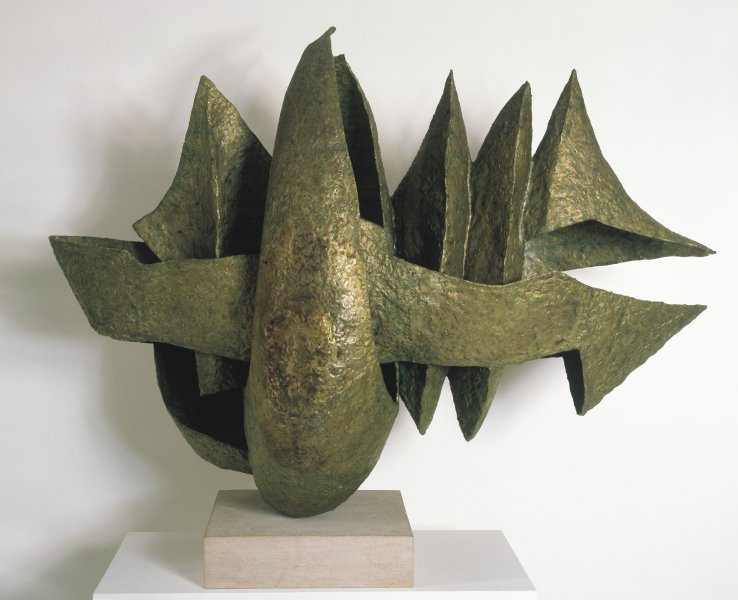
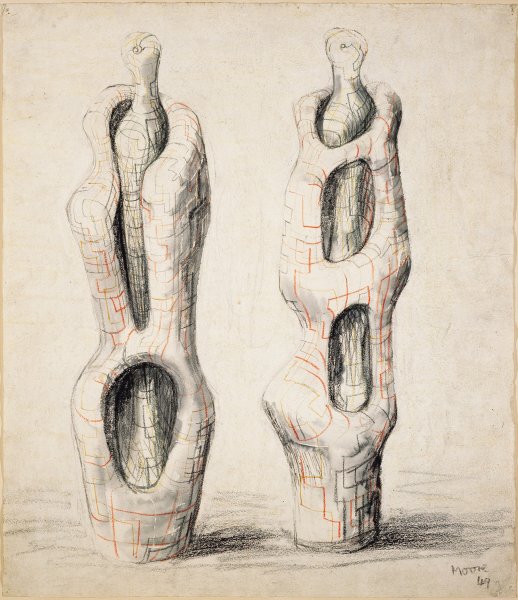
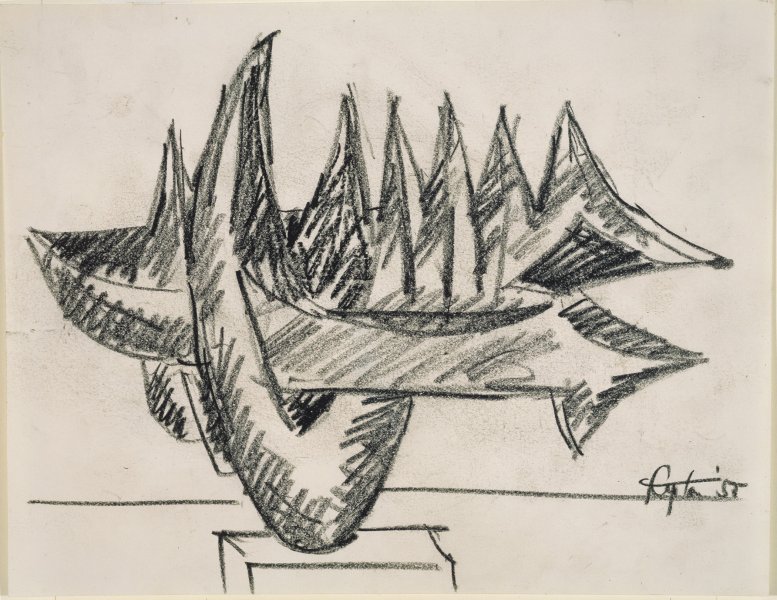
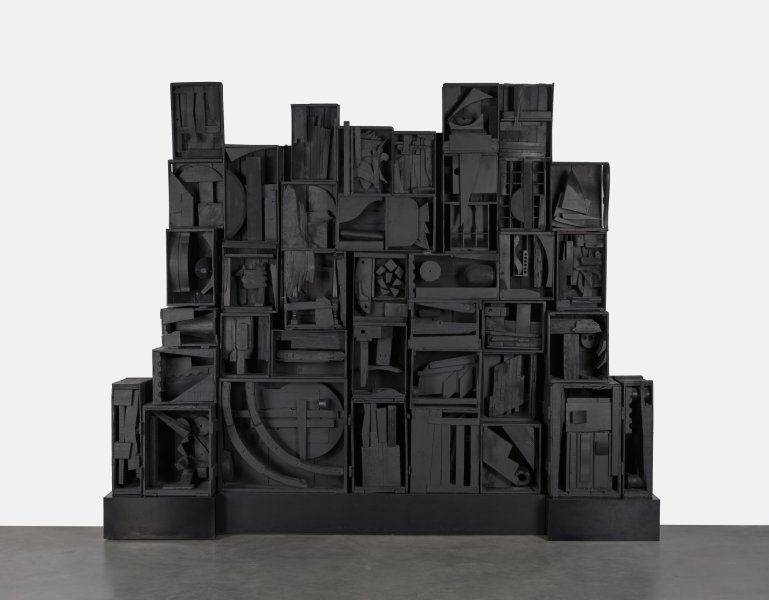
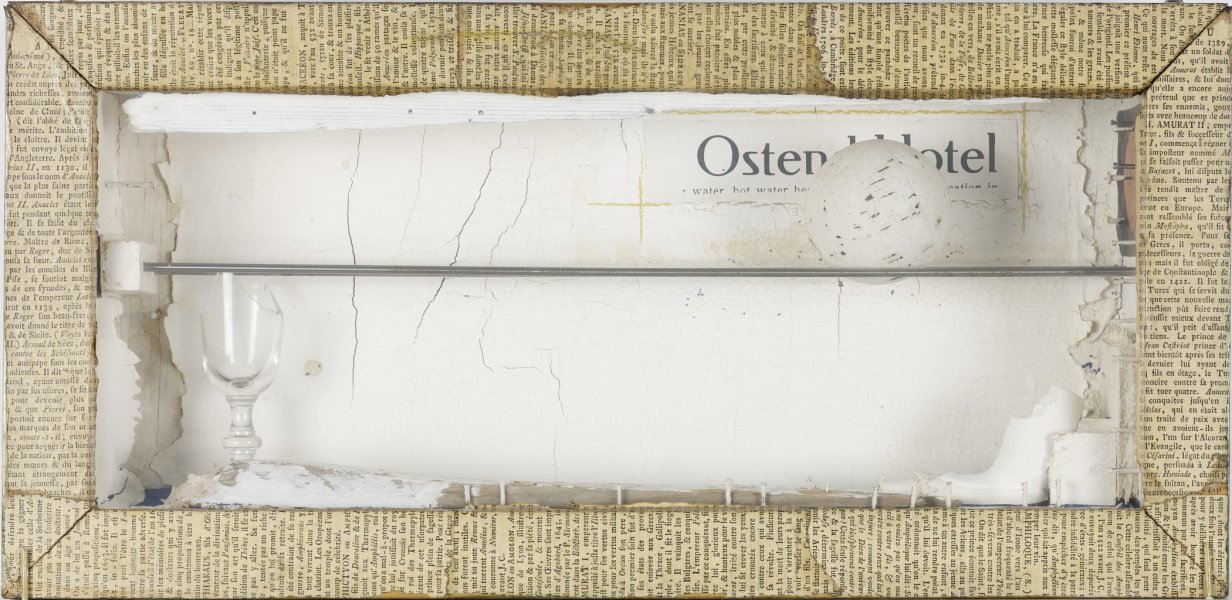
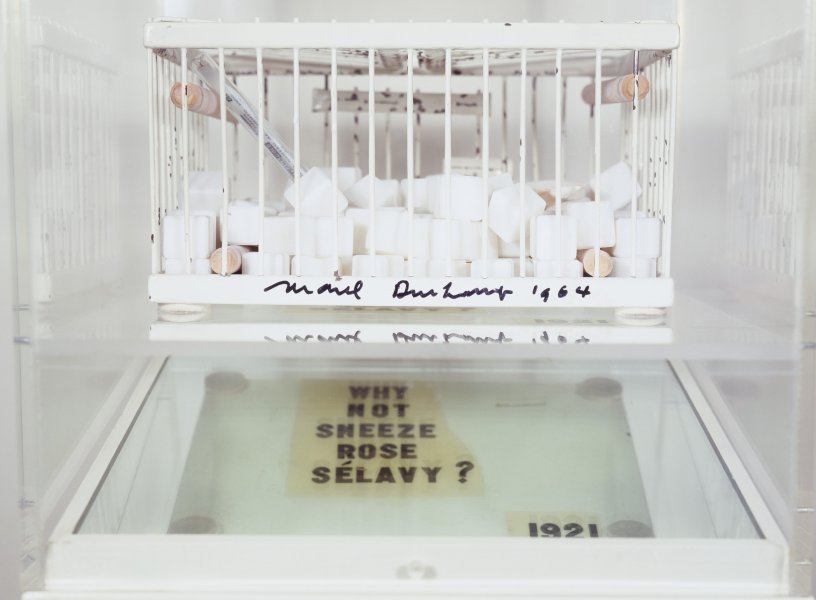
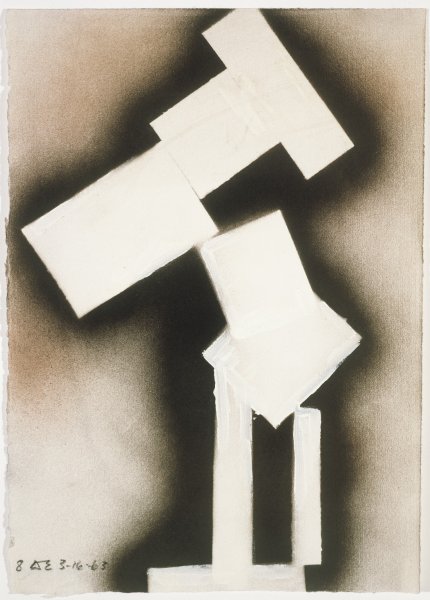
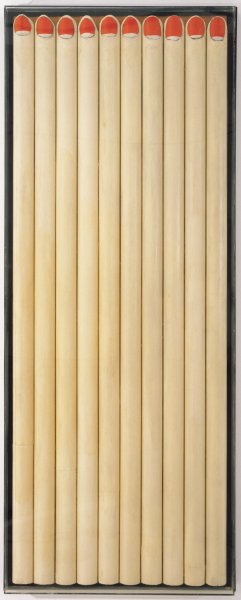
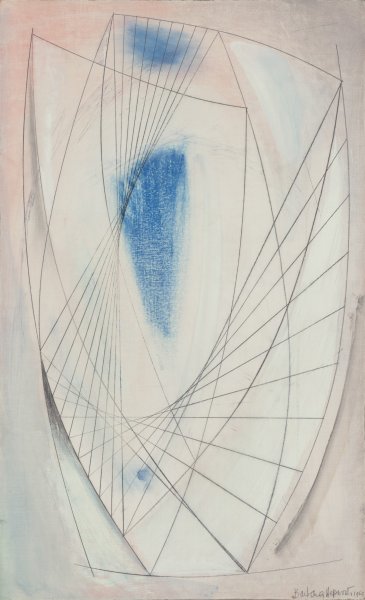
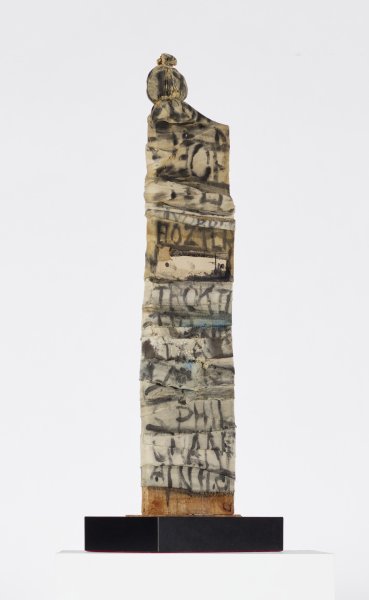
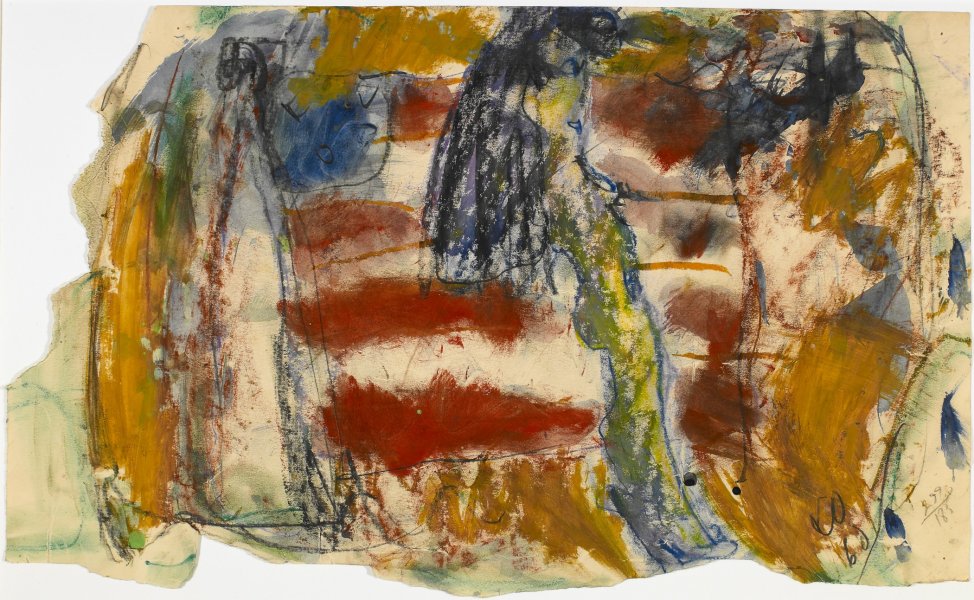
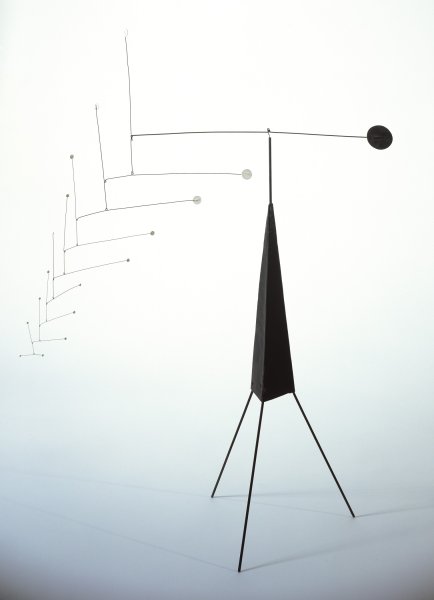
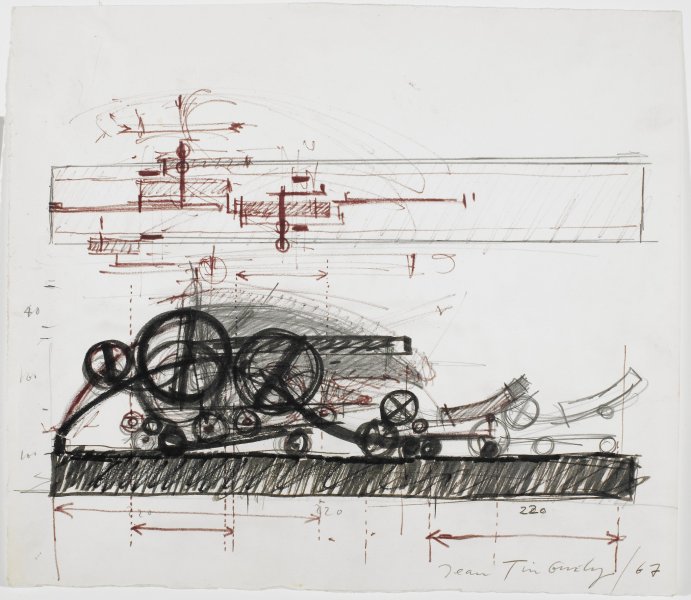
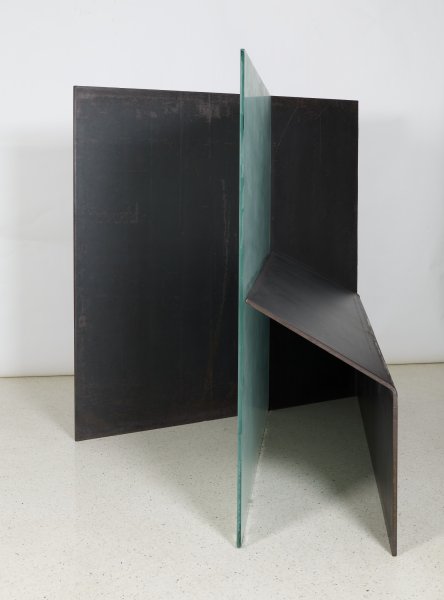
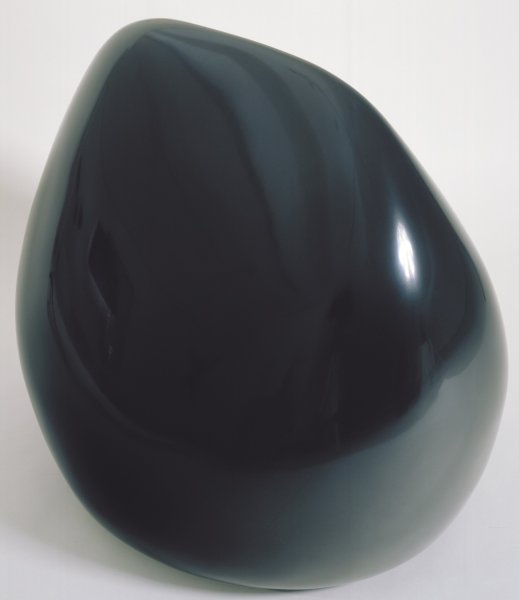
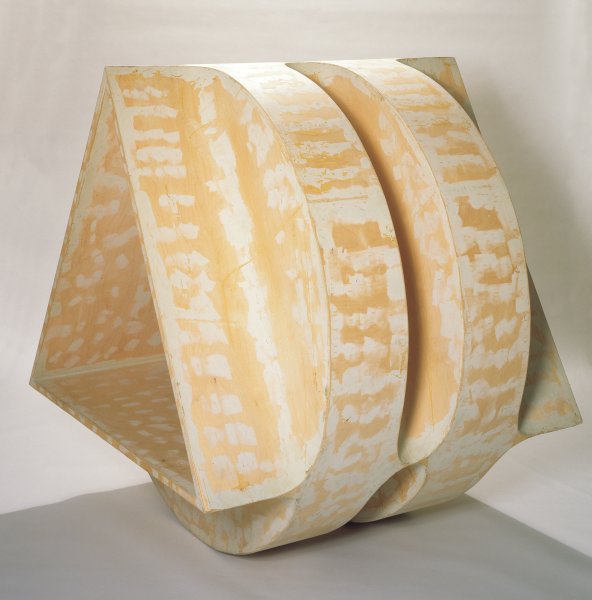
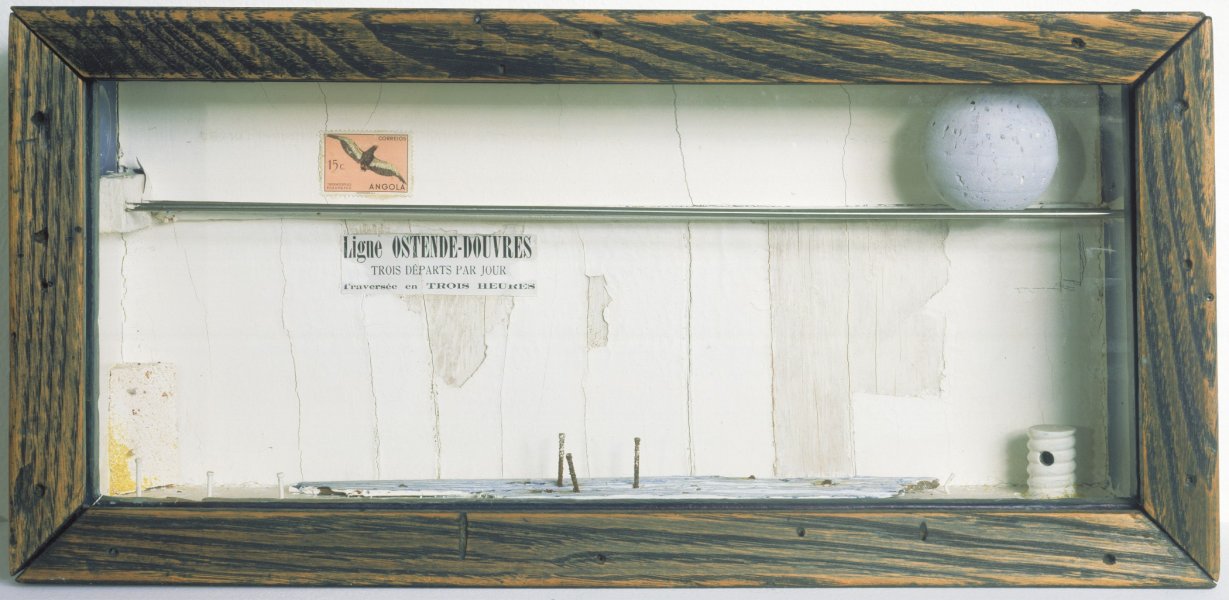
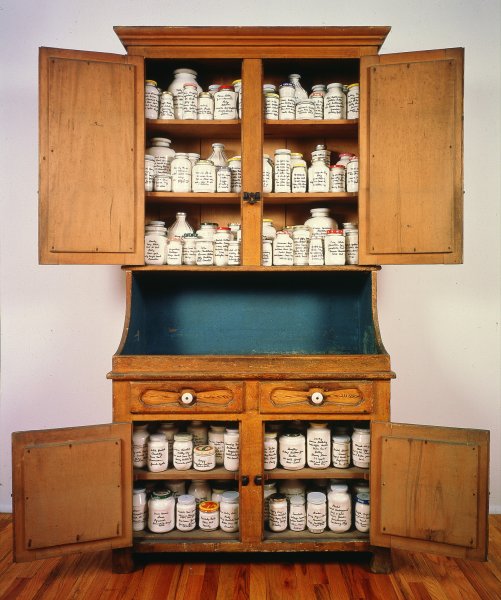
![[no title]](/sites/default/files/styles/callout_fixed_height/public/artwork/1996_002_o2.jpg?itok=ITs537vw)
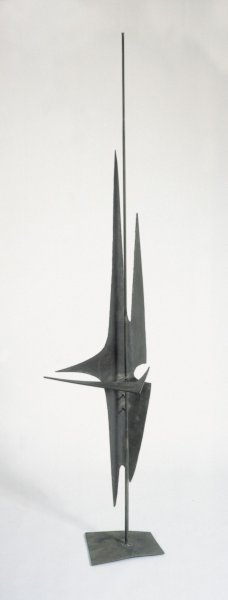
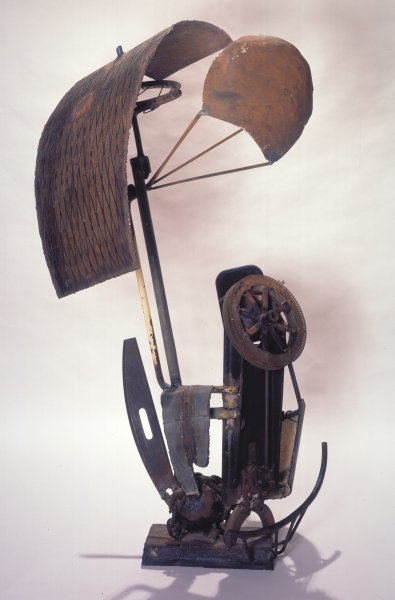
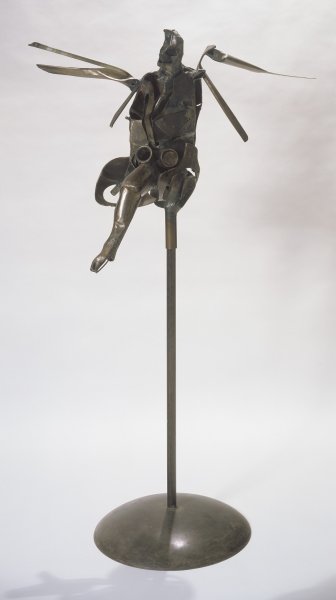
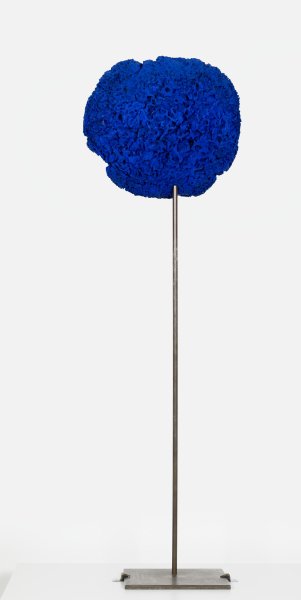
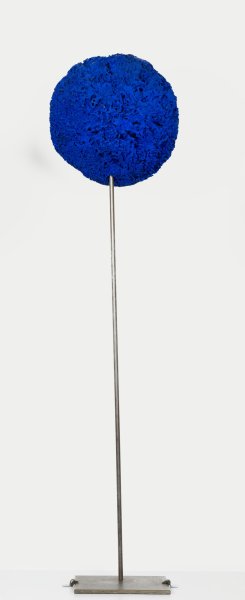
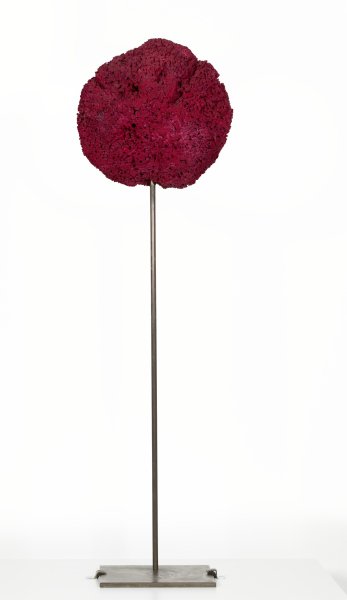
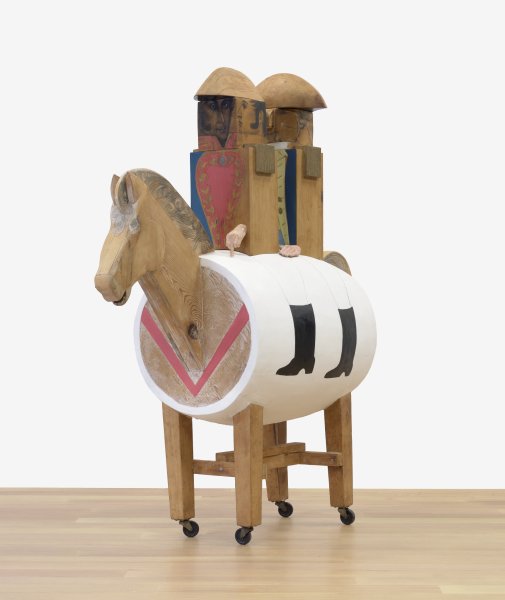
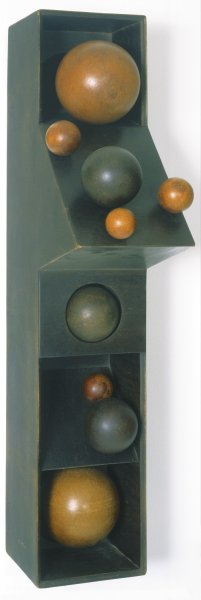
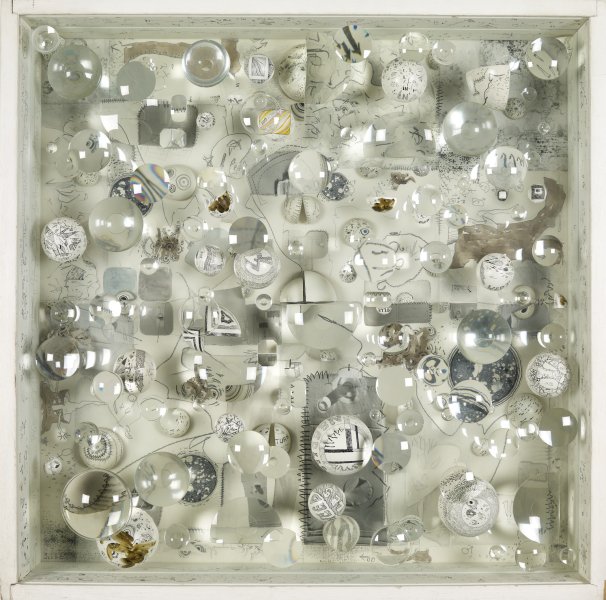
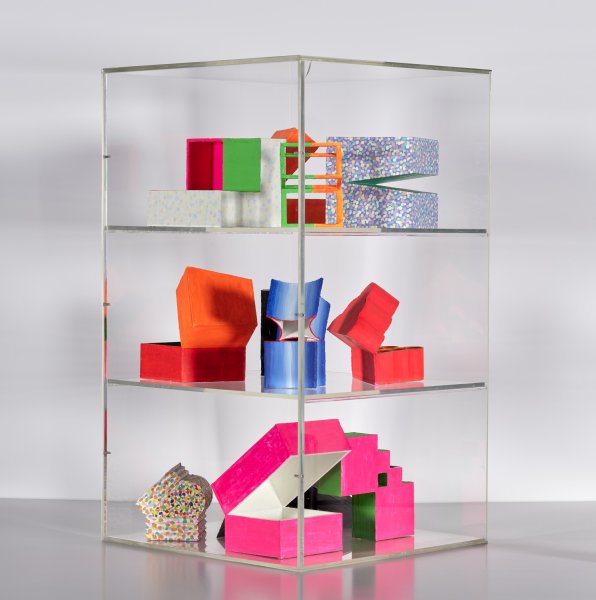
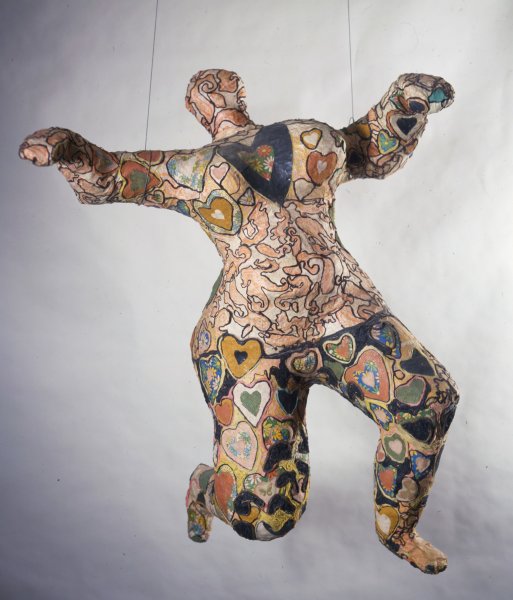
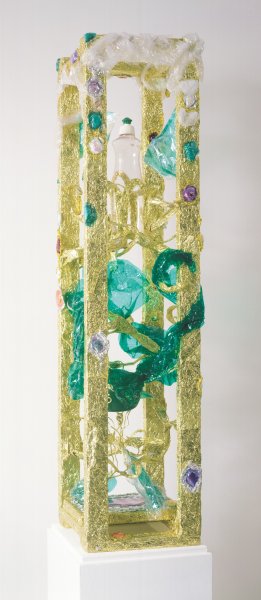
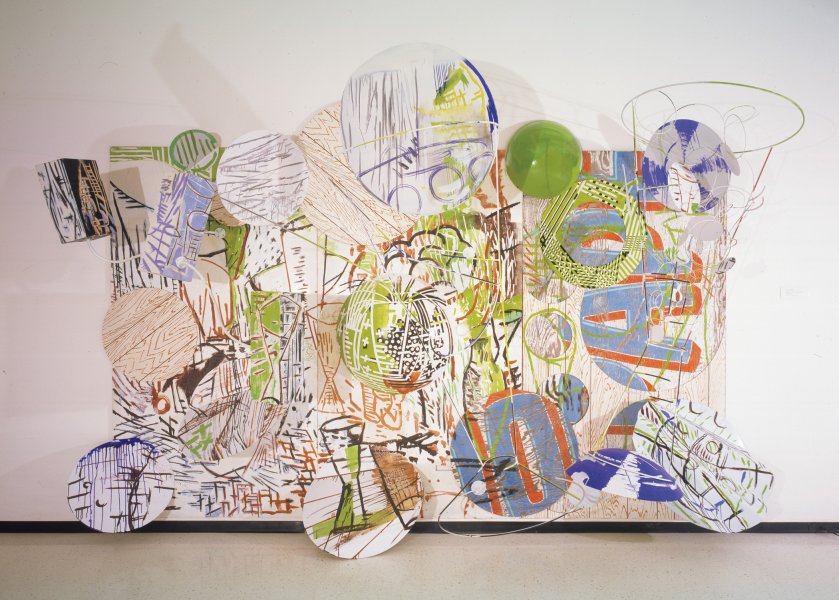
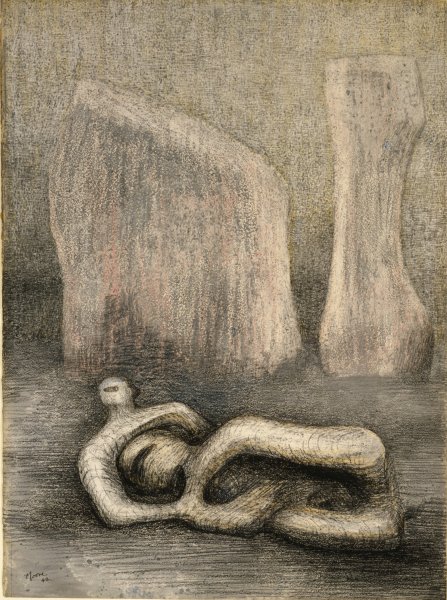
![[drawing for "Le Paradis fantastique"]](/sites/default/files/styles/callout_fixed_height/public/artwork/RCA1968_007_o2.jpg?itok=pn3nBvAL)
